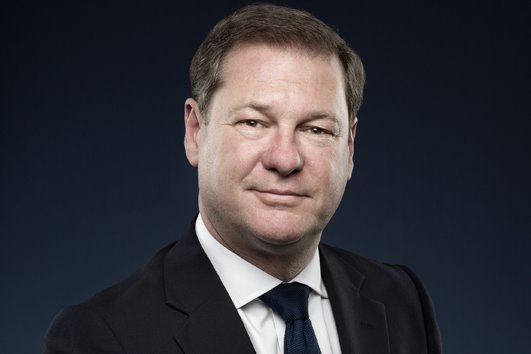
Nick Cawley, regional head of UK/Ireland and global private clients service line leader at Ocorian, highlights four ways in which wealth providers and their clients can minimise the challenges involved in inter-generational wealth transfer…
The inter-generational transfer of wealth is often complex and there is always potential for conflict to arise. Having appropriate and effective wealth and succession planning in place is critical if such conflict is to be avoided (or minimised) and wealth is to be preserved down the generations.
Having provided wealth structuring services to private clients for many years, here are some of the steps that can be taken that have typically proved successful in helping make sure the transfer of wealth is as smooth as possible.

Nick Cawley, Ocorian
1. Make sure everyone is part of the conversation
One of the biggest stumbling blocks comes as a result of the older generation – let’s call them ‘generation one’ – not having a clear, open and honest conversation with the younger generations about their plans and wishes for the family wealth and business, if there is one. Yet this is an absolutely vital starting point.
Do they want the wealth to flow directly to beneficiaries, or will they expect some to be used for charitable purposes, for instance? Are the next generations expected to join the family business or will there be an opportunity for them to start their own endeavours? Exactly how is the family wealth going to be shared upon death of the patriarch or matriarch?
And has all of this, and more, been communicated clearly?
Conversation should also be a two-way street – generation one needs to listen to what the younger generations expect from their family wealth and what is important to them. And while some of these conversations may be difficult, it is better to have them up front, and deal with any differences, rather than be faced with conflict or potential litigation further down the line.
2. Build in flexibility
While it may seem to make sense for a founder, patriarch or matriarch to be as specific as possible in their instructions, this can actually be counterproductive.
As generation one, you have to accept that generation three and four may well view the world differently and have their own beliefs and objectives. So, if you try and put something that’s rigid in place, you may only be baking in problems that will emerge later on.
Likewise, however, you don’t want to be too vague in your wishes to the point where they could be misinterpreted or lead to conflict. It’s a question of making sure that you build in appropriate flexibility.
Take a letter of wishes for a trust, for example. This is a very traditional tool when it comes to wealth and succession planning, as it gives clear guidance to trustees to follow your intentions. However, we’ve seen some very prescriptive letters of wishes. A fine balance needs to be struck and this is something that professional advisers and trustees can assist with.
3. Make the most of structures
From trusts (including private trust companies), foundations and partnerships, families have a number of tried and tested structures to choose from across a range of jurisdictions.
Having those options, however, means making smart choices. It’s here again that a professional can provide invaluable advice in helping choose and establish the structure or structures that are going to most effectively meet objectives.
We have a client, for example, who set up five separate structures for five beneficiaries as well as a trust for charitable purposes – ringfencing the money but building in flexibility within each structure. This proved to be far more efficient than trying to cover everything under one trust.
The great thing about the structures that are available nowadays mean that clients' specific preferences can be met. Clients in Asia or the Middle East, for instance, are less familiar with the trust concept of giving assets away to someone to look after. So, private trust companies and foundations are particularly popular here as they can give more control to generation one and future generations.
4. Educate the next generation
By having conversations with the next generations about how a family business is run and how wealth ‘works’, knowledge gaps can be identified and a plan of action can be put in place to provide the necessary education. This may well be around specifics such as how a trust is established and run, or more general around identifying philanthropic projects and running a foundation.
For instance, we may invite family members to sit in, as observers, on investment management meetings every quarter until they become more comfortable with the process and the underlying investments themselves.
It’s likely that any wealth transfer will still run into challenges over time, and while the strategies outlined here won’t get rid of conflict altogether, hopefully they will make life easier for everyone involved.
Give yourself greater flexibility
At Ocorian, our extensive experience in establishing and managing complex, high-value structures helps protect, preserve and plan for the future of our clients’ personal and family wealth. Get in touch at ocorian.com.




